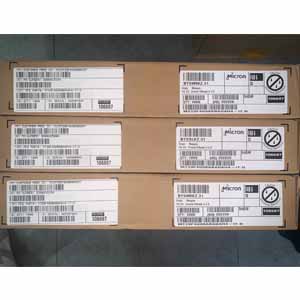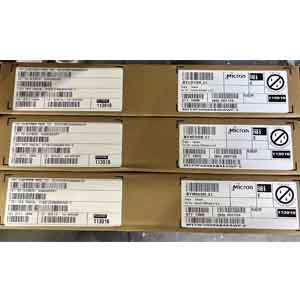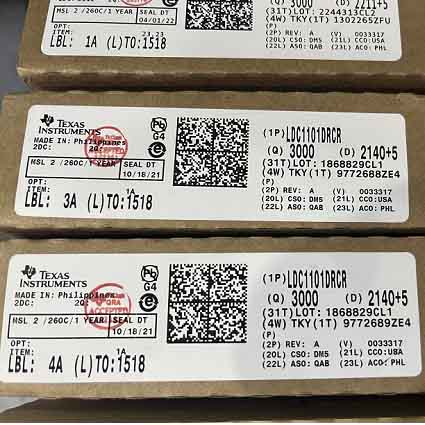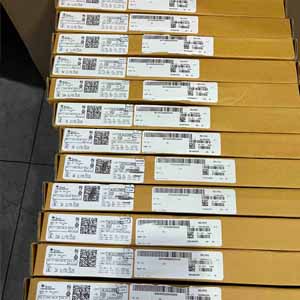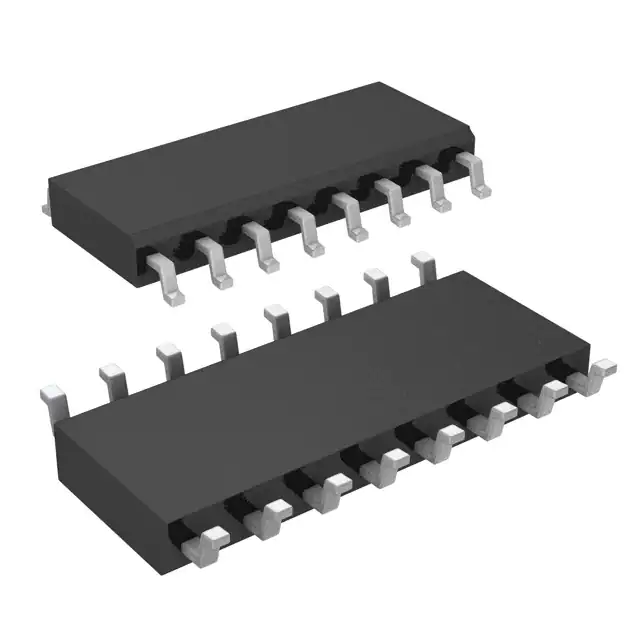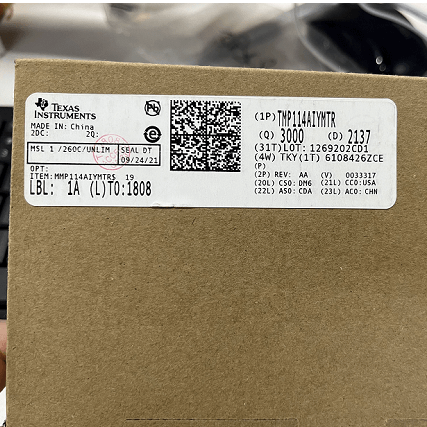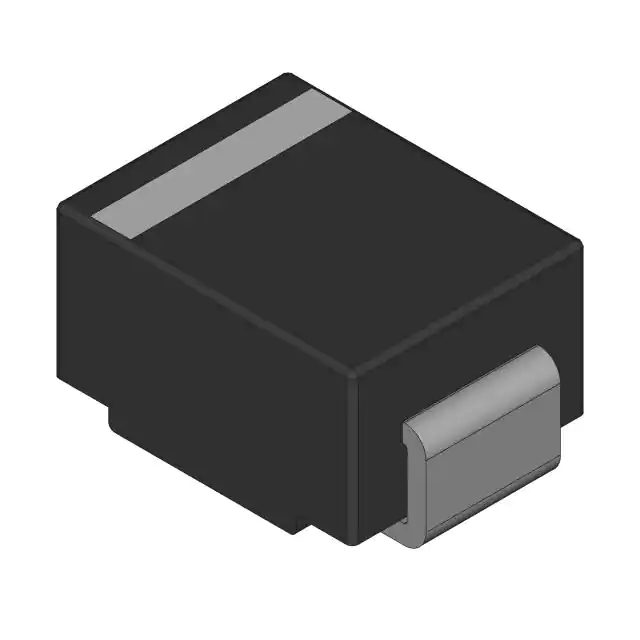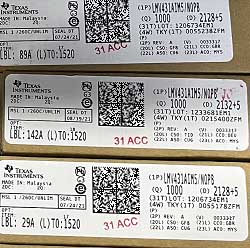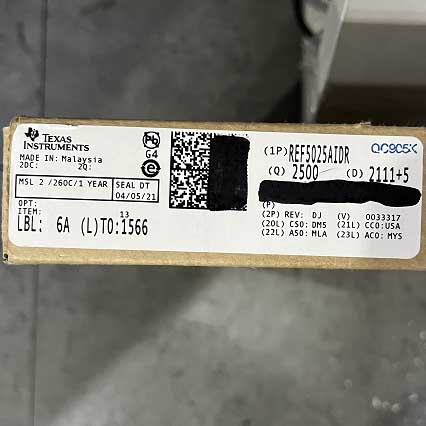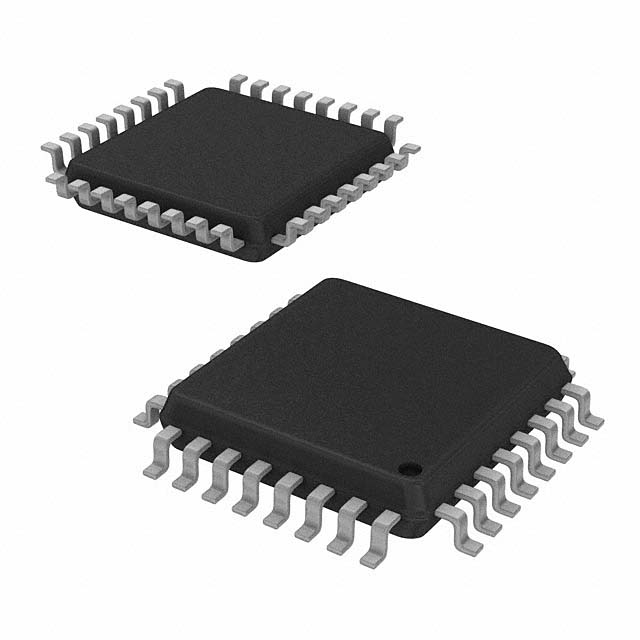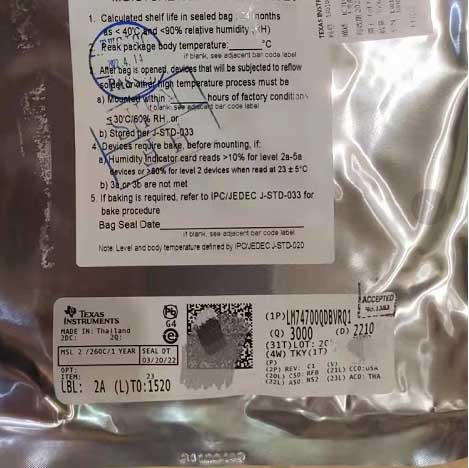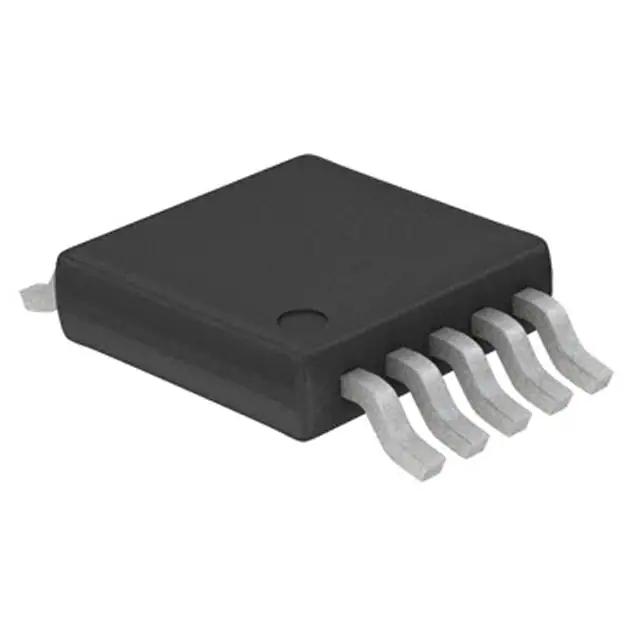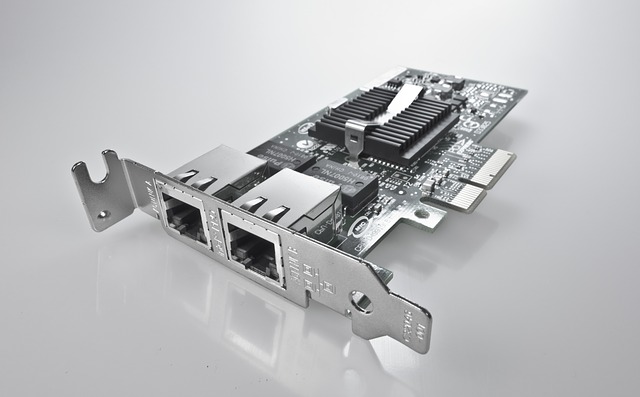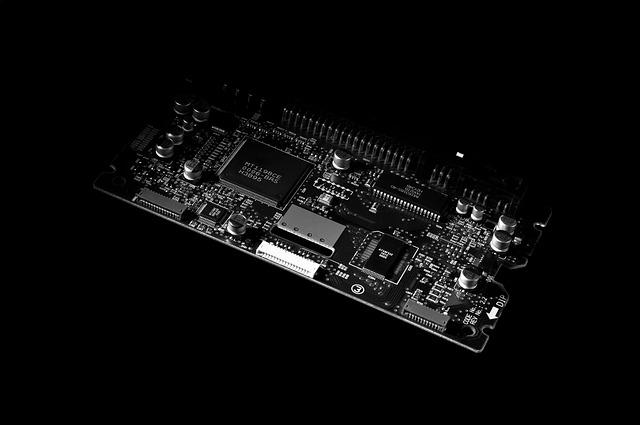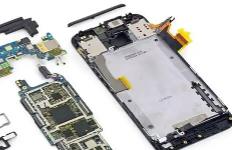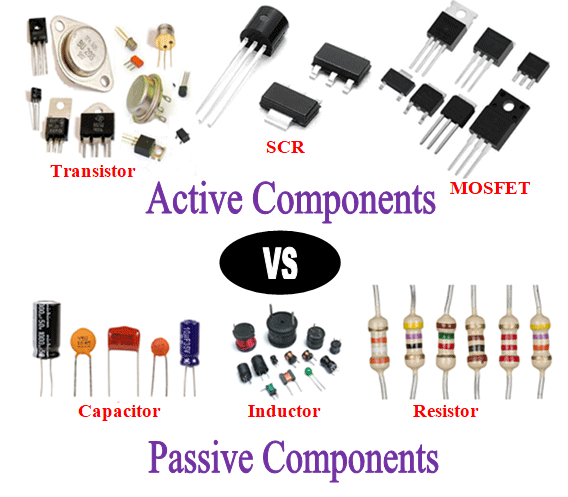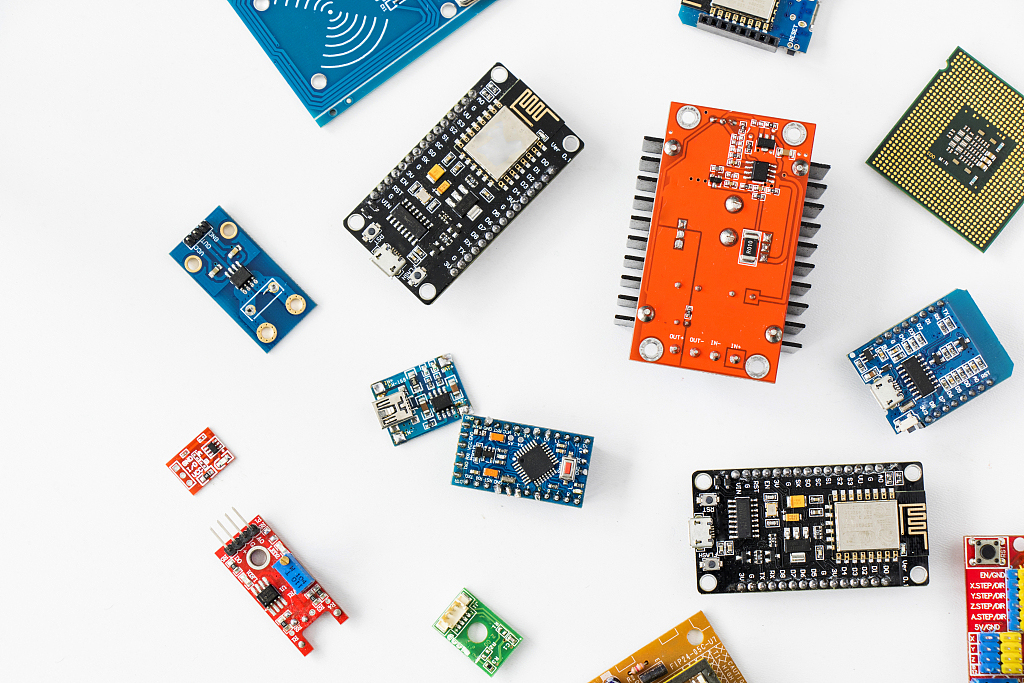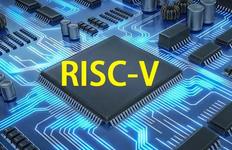Dating back to the 1970s, single-chip computers (MCU) have played an important role in controlling a variety of automotive, consumer and industrial products. Today, SCM applications have expanded to include portable, wireless and wearable Internet of Things (IoT) products. In addition to the Internet of Things, the healthcare industry is also seeing massive growth with the adoption of 8-bit MCUS in various applications.
Embedded electronics with 8-bit MCUS require devices that are competitive in economies of scale (hundreds of thousands or even millions of devices per application). That means a price difference of a few cents matters.
The reason 8-bit MCUS have evolved and remained competitive over the years is because of their ability to provide value on the Internet of Things and entire cities upgrading with smart devices, the ability to achieve intelligence at scale is becoming critical for many industries. These upgrades require some of the capabilities of the micro-controller to create an environment that supports the Internet of Things.
It boils down to three features: the ability to collect data, process it, and then transmit it to other networked devices. In many cases, the collection, processing, and transmission of data can be done by an 8-bit MCU with an on-chip analog-to-digital converter (ADC), while the core of the device remains in low-power mode.
The development of the latest generation of micro-controller is based on this value concept. These micro-controllers employ new processes that allow for greater memory at low cost, providinfrom scratch.
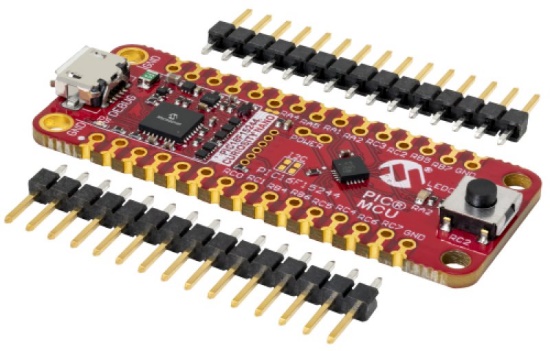
Figure 1. The PIC16F15244 Curiosity Nano Evaluation Board and two 100 mil, 1x15 pin rows in the simplified design of the Curiosity Nano Evaluation Kit
Finally, the MPLAB X Integrated Development Environment (IDE) provides a free development environment for 8-bit (as well as 16-bit and 32-bit) MCU code development to emulate, interface with hardware tools, and access Microchip as well as third-party plug-ins.
A kernel-independent peripheral
Separating certain functions of a single chip from a central kernel provides kern-independent autonomy and some advantages, and is particularly suited to low power/low cost designs.
These kernel-independent peripherals add built-in functionality to reduce power consumption and simplify touch interface implementation, sensor data accumulation and conditioning through modular design, as well as simplifying complex software implementations to hardware medium.
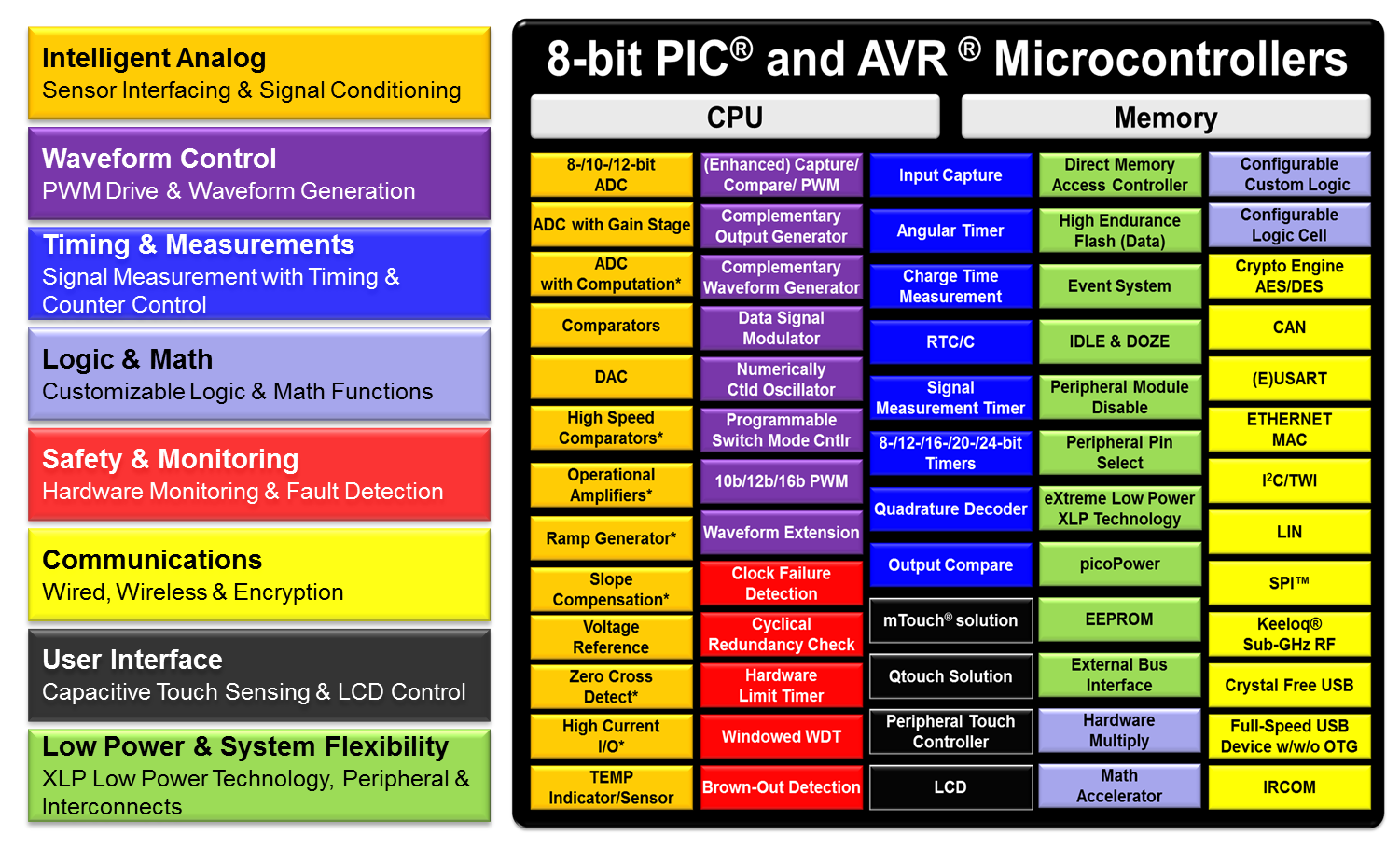
Figure 2: Kernel-independent peripherals are suitable for a variety of 8-bit MCU design domains
Figure 2 shows the CIP currently available for 8-bit PIC® and AVR® micro-controllers in color by peripheral category. These eight categories and their subcategories achieve most of the functionality expected in a cost-effective embedded controller. Note that the green section provides additional power reduction possibilities for the sections mentioned earlier.
Broad (and economically efficient) prospects
With a long history of single-chip computers, the 8-bit MCU has demonstrated tremendous flexibility and application innovation through advances in memory, power consumption, packaging and peripherals.
Not only do they have the large memory required for complex applications, but they also provide a variety of methods for simplifying complex applications. This simplification could reduce both the money/time spent on development projects and the cost of the MCU when it goes into production.
Today, 8-bit MCUS are not just limited to data collection, but also support the collection, processing and transmission of data across a wide range of iot applications. The new 8-bit product significantly increases memory size and optimizes peripherals to meet the demands of increasingly complex applications. With their kernel-independent peripherals, these MCUS are clearly ideal for most designers.

